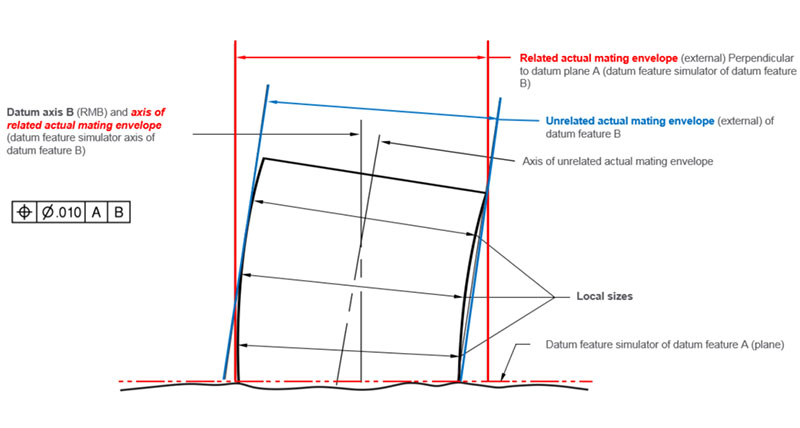The role of geometric dimensioning & tolerancing (GD&T) and how to capitalise on its value proposition
Contact us

Executive summary
This whitepaper describes the engineering standards and benefits of Geometric Dimensioning and Tolerancing (GD&T), along with the supported attributes in the PC-DMIS measurement software.
Section 1: Benefits of GD&T
‘Benefits of GD&T’ discusses how manufacturing processes benefit from GD&T:
- Geometric tolerances vs. plus and minus tolerances
- Datum features with modifiers providing additional tolerance
- GD&T as an international language that provides concise specifications, with one interpretation that ensures correlation with suppliers globally and parts that meet functional requirements.
Section 2: Differences between ASME and ISO
‘Differences between ASME and ISO’ explains the different GD&T standards and shows examples of where terms are different but have the same definition (features of size) and examples of the same geometric tolerance but different definitions (profile):
- Features of size – ASME Y14.5 compared to ISO 14405-1: 2010
- Profile tolerance – ASME Y14.5 compared to ISO 1101 (2004 and 2012)
Section 3: GD&T standards supported by PC-DMIS
‘GD&T Standards Supported by PC-DMIS’ shows examples of GD&T attributes for:
- Features of Size
- Material Condition Modifiers
- Calculating and applying Datum Shift
- Simultaneous requirements for Position and Profile tolerances
- Calculating and report actual values for Profile.